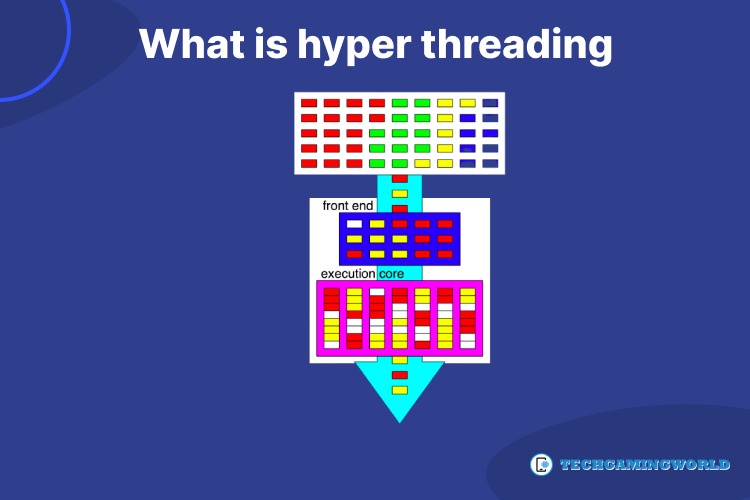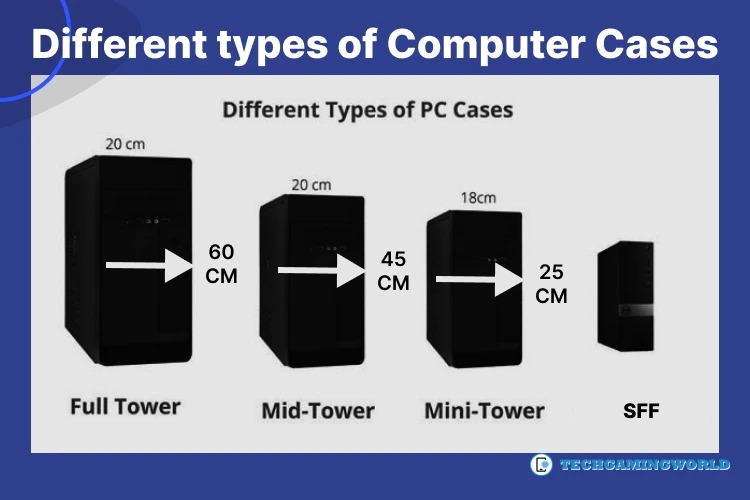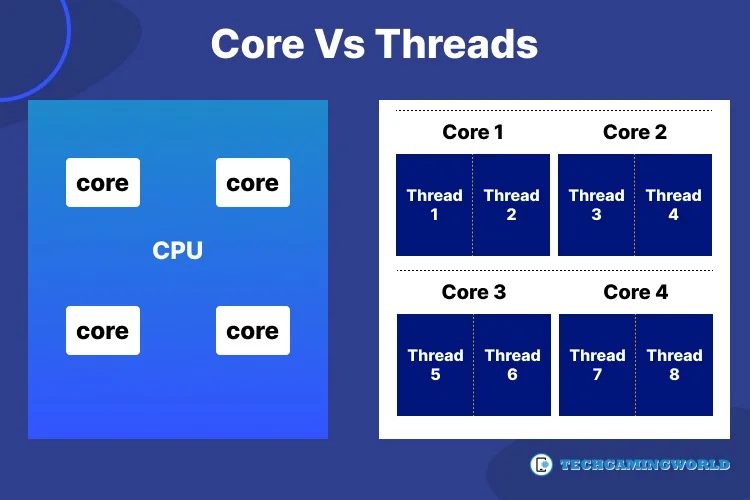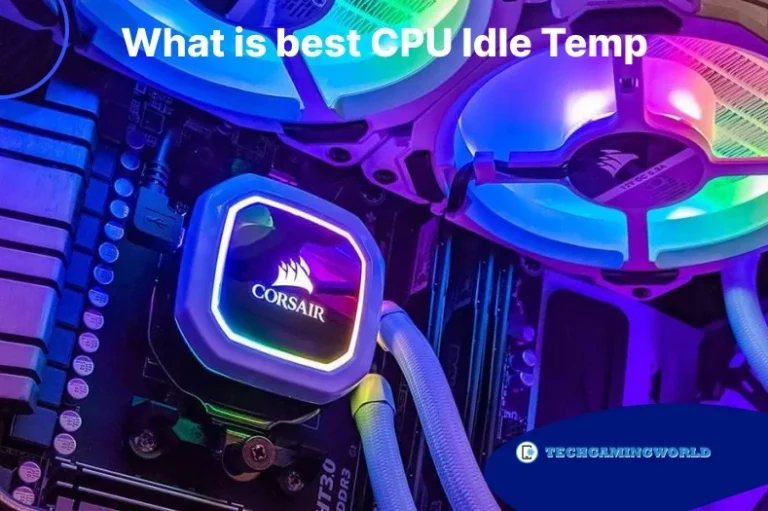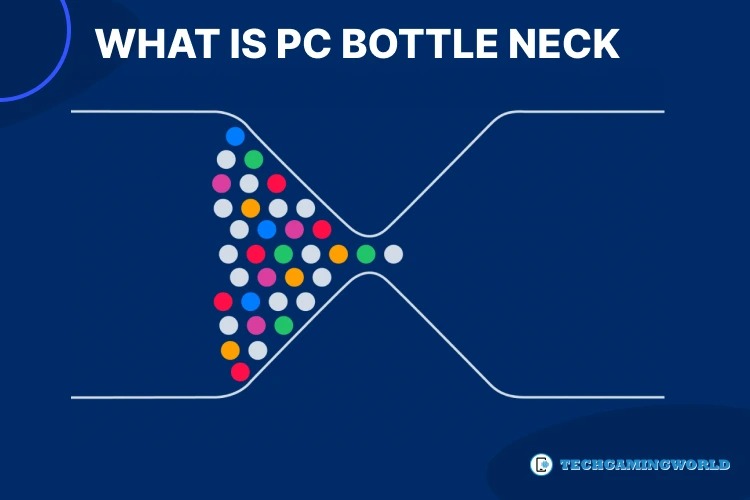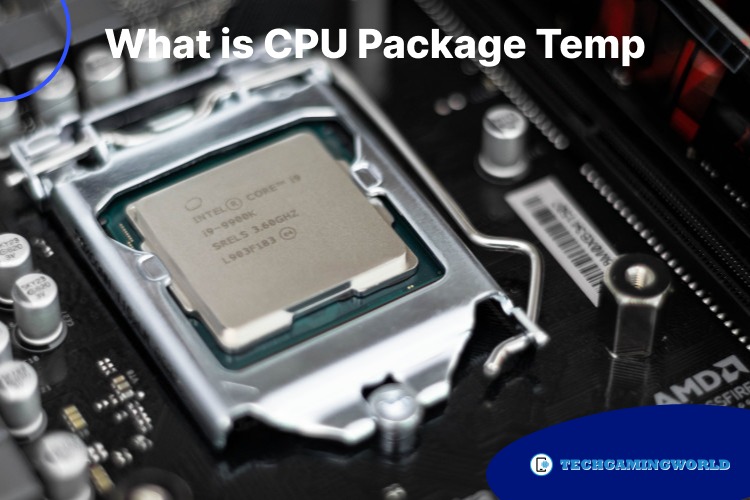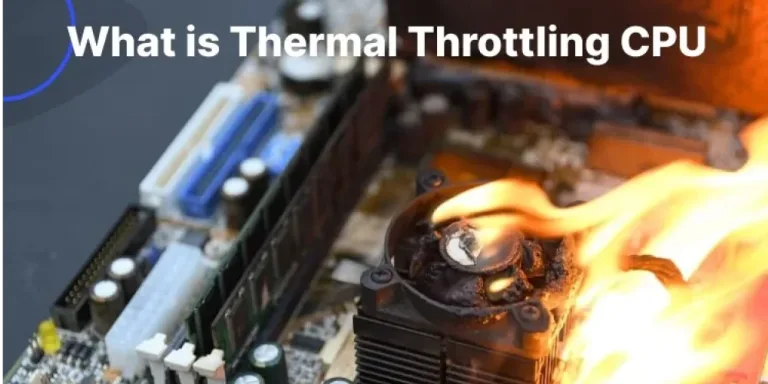What Is Hyper-Threading In Cpu Easy Explain |2204|
What is Hyper-Threading? >Hyper-threading is a technology developed by Intel that allows a single physical processor to simulate two or more virtual CPUs. This is achieved by duplicating certain sections of the processor that are particularly resource-intensive, such as the registers and execution units. Each of these virtual CPUs, or threads, is then able to perform independent operations, even though they are technically sharing the same physical processor.In this post we will explain what is hyper threading and its function.

Hyper-threading can be thought of as a way to improve the utilization of a processor’s resources. In traditional single-threaded applications, the processor may have unused resources while waiting for data to be loaded from memory or for an I/O operation to complete. By creating multiple virtual CPUs, hyper-threading allows the processor to work on multiple tasks at the same time, increasing overall performance and efficiency.
Understanding What is Hyper-Threading: Benefits and Drawbacks
Hyper-threading is a technology that allows modern CPUs to split up their resources into multiple virtual CPUs, or threads. While this can result in increased performance and efficiency for certain types of workloads, it also comes with some potential drawbacks. In this article, we’ll explore the benefits and drawbacks of using hyper-threading in modern CPUs.
Benefits of What is Hyper Threading
One of the main benefits of hyper-threading is increased utilization of a processor’s resources. With hyper-threading, a single physical CPU can simulate multiple virtual CPUs, each of which can work on independent tasks. This can be particularly beneficial for workloads that involve a large number of small, independent tasks, such as web browsing or scientific computing. you can also read What Is CPU Package Temp.
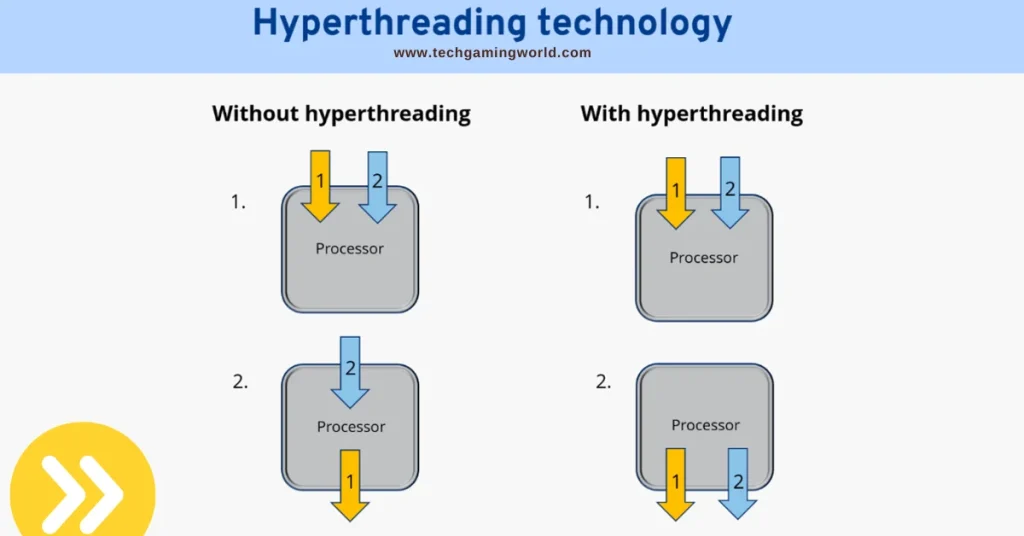
Hyper-threading can also help to improve overall system responsiveness. With multiple threads running simultaneously, a computer can be more responsive to user input, even when running multiple applications or background tasks. This can be especially useful for users who frequently switch between different applications or tasks.
Drawbacks of What is Hyper-Threading
What is Hyper-Threading and Gaming
One area where hyper-threading has been the subject of much debate is in gaming. While some games benefit from hyper-threading, others do not. In general, games that are more CPU-bound, such as strategy games or simulations, are more likely to benefit from hyper-threading, while games that are more GPU-bound, such as first-person shooters, may not see much benefit.

It’s worth noting that hyper-threading is not a substitute for additional physical cores. In fact, for workloads that can take advantage of multiple cores, adding additional cores will generally provide greater performance benefits than hyper-threading.
Conclusion
In this post noted that what is Hyper-threading and technology can provide benefits for certain types of workloads, but it’s not a silver bullet. Before deciding whether or not to enable hyper-threading on a particular system, it’s important to consider the specific workload and performance requirements. By understanding the benefits and drawbacks of hyper-threading, users can make more informed decisions about how to configure their systems for optimal performance and efficiency
FAQS: Of What Is Hyper-Threading

About Author
I am EDIE MILES, the founder of TechGamingWorld, a blog. in which is an online gaming community dedicated to providing the latest news and reviews about the world of online games, including PC and console games. Read More

